Roof Color and Heat Absorption: Energy Efficiency Insights
Roof color plays a pivotal role in the overall energy efficiency of a building and its effect on heat absorption. As we delve into the fascinating world of roof color and heat absorption, it becomes evident that this seemingly aesthetic choice holds the key to substantial energy savings and environmental impact. By selecting the appropriate roof color, homeowners and builders can actively contribute to a cooler indoor environment while also reducing their energy consumption.
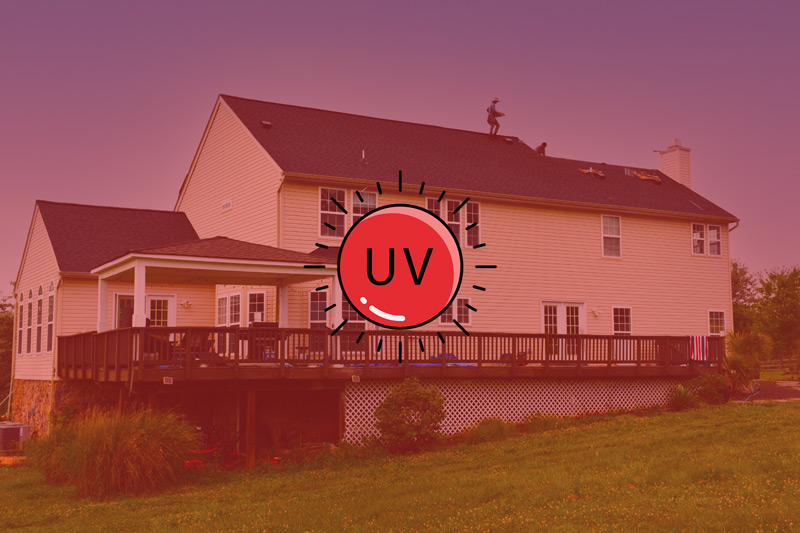
The Science Behind Roof Color and Heat Absorption
Solar Reflectance and Roof Color:
The science behind roof color and heat absorption hinges on the principle of solar reflectance, also known as albedo. Solar reflectance refers to a surface’s ability to reflect sunlight rather than absorb it. This characteristic plays a pivotal role in dictating the temperature dynamics of a building. When considering roofing materials, it’s essential to understand how different colors influence solar reflectance. Light-colored roofs possess high albedo, reflecting a substantial portion of sunlight and preventing excessive heat buildup. In contrast, dark-colored roofs exhibit lower albedo, causing them to absorb a significant amount of solar radiation, thus leading to elevated temperatures.
Effects of Color on Sunlight Absorption:
The interaction between roof color and sunlight absorption is a critical factor in maintaining indoor comfort. Lighter shades, such as whites and pastels, excel at reflecting sunlight, which in turn keeps the interior cooler. On the other hand, darker colors like blacks and deep blues readily absorb sunlight, resulting in increased indoor temperatures. This phenomenon is particularly pronounced in warmer climates, where dark roofs can contribute to uncomfortably high indoor heat levels. By choosing roof colors wisely, homeowners can harness the power of solar reflectance to optimize energy efficiency.
Emissivity’s Role in Heat Radiance:
The concept of emissivity further enhances our understanding of roof color and heat absorption. Emissivity refers to a material’s ability to radiate absorbed heat back into the environment. While solar reflectance primarily influences the initial heat absorption, emissivity determines how efficiently that heat is released. Roofing materials with high emissivity facilitate the release of absorbed heat, contributing to a cooler overall environment. This interplay between solar reflectance and emissivity underscores the multifaceted impact of roof color on a building’s thermal performance.
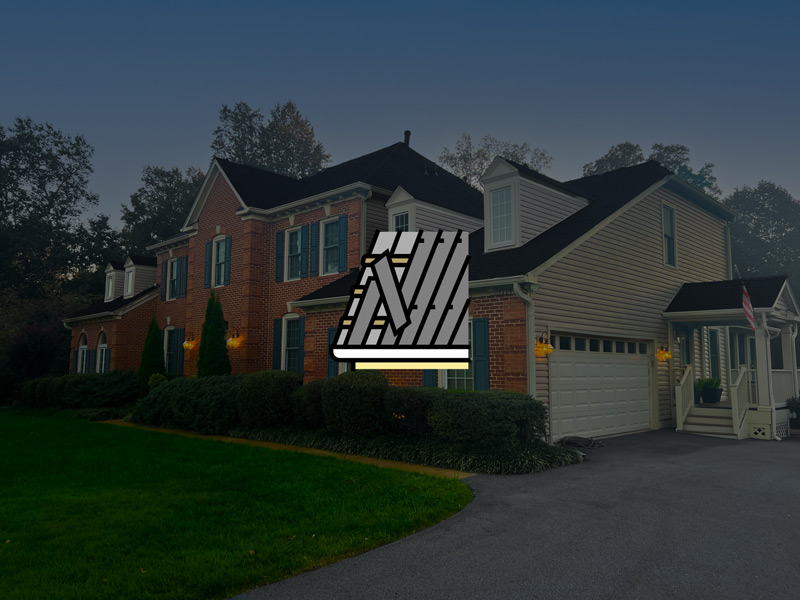
Dark vs. Light Roof Colors: Making Informed Choices
Comparing Heat Absorption:
The dichotomy between dark and light roof colors significantly influences the heat absorption dynamics of buildings. When considering the interplay between roof color and heat absorption, it’s essential to recognize the distinct behaviors of these color spectrums. Dark-colored roofs, such as deep browns and blacks, are known for their propensity to absorb a substantial amount of solar energy. This absorption intensifies the roof’s temperature, radiating heat into the building’s interior and exacerbating cooling requirements.
The “Heat Island” Effect:
Dark roofs contribute to an urban phenomenon known as the “heat island” effect, wherein densely populated areas experience elevated temperatures compared to their rural surroundings. The accumulated heat absorbed by dark surfaces, including roads and buildings, creates a microclimate of heightened warmth. By understanding the role of roof color and heat absorption in this context, it becomes evident that choosing a light-colored roof contributes to mitigating the heat island effect. Light roofs reflect more sunlight, preventing excessive heat buildup and aiding in maintaining cooler urban environments.
Benefits of Light-Colored Roofs:
Embracing light-colored roofs offers a plethora of advantages rooted in energy efficiency and environmental consciousness. These roofs, characterized by shades like whites and light grays, demonstrate a remarkable ability to reflect sunlight rather than absorb it. Consequently, indoor temperatures remain moderate, reducing the reliance on air conditioning systems and minimizing energy consumption. By opting for light-colored roofs, homeowners not only enhance their living comfort but also make meaningful contributions to the reduction of energy demands and greenhouse gas emissions.
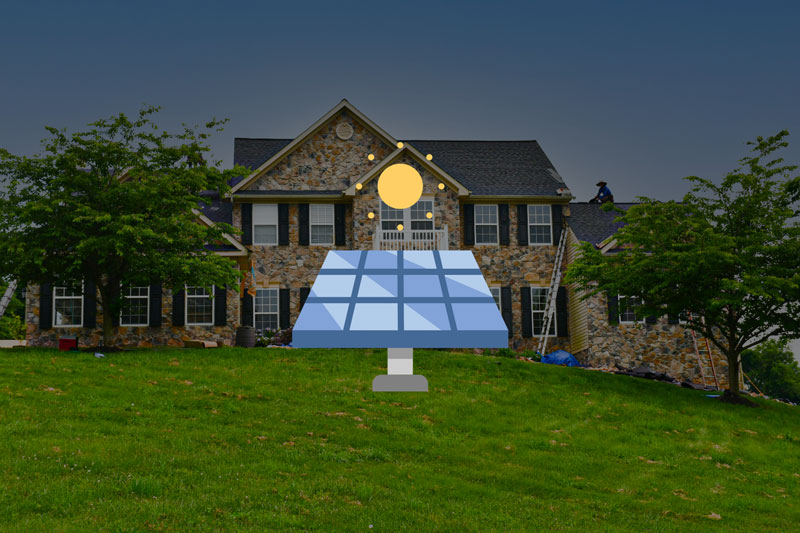
Cool Roofs and Energy Efficiency: Harnessing Solar Reflectance for Comfort
Introducing Cool Roofs:
The notion of “cool roofs” emerges as a groundbreaking solution in the realm of roof color and heat absorption. Cool roofs are ingeniously designed to leverage solar reflectance, minimizing heat absorption and maximizing energy efficiency. These roofs incorporate advanced materials and technologies aimed at reducing the amount of solar radiation absorbed, ultimately leading to a more comfortable indoor environment.
Materials and Technologies Behind Cool Roofs:
Cool roofs owe their effectiveness to an array of innovative materials and techniques that enhance solar reflectance. Reflective coatings, formulated to reflect a significant portion of sunlight, are commonly applied to roofing surfaces. Furthermore, specialized roofing materials with inherent light-reflective properties contribute to the cool roof phenomenon. The seamless integration of these elements transforms roofs into efficient shields against excessive heat accumulation.
Advantages of Cool Roofs:
Cool roofs serve as a powerful weapon against rising indoor temperatures and escalating energy bills. By deflecting a substantial amount of solar radiation, these roofs maintain lower temperatures within the building. Consequently, cooling systems operate more efficiently, leading to reduced energy consumption and utility costs. Moreover, the extended longevity of the roofing system itself is a notable benefit of cool roofs, as the diminished heat absorption minimizes wear and tear caused by temperature fluctuations.

Geographic Considerations: Adapting Roof Color to Climate
Varied Impact Across Locations:
Understanding the intricate relationship between roof color and heat absorption involves recognizing the significant influence of geographic location and climate. Different regions experience varying levels of sunlight, temperature ranges, and overall weather patterns, all of which impact the effectiveness of specific roof colors. Consequently, tailoring roof color choices to these climatic nuances becomes pivotal for optimizing energy efficiency.
Hot and Sun-Drenched Climates:
In regions characterized by intense sunlight and soaring temperatures, the significance of cool roofs becomes evident. Here, light-colored roofs, known for their superior solar reflectance, shine as an essential solution to combat heat absorption. By reflecting a substantial portion of sunlight, these roofs contribute to a cooler indoor environment and mitigate the strain on air conditioning systems. The synergy between the local climate and the choice of cool roofs showcases the proactive stance individuals can adopt to enhance both comfort and energy savings.
Cooler Climates and Passive Solar Heating:
Conversely, in cooler climates where harnessing warmth is paramount, dark roofs can serve as a strategic choice. Dark-colored roofs, with their heightened solar absorption properties, facilitate passive solar heating by retaining warmth from the sun’s rays. This practice aligns with energy-efficient heating methods, utilizing the sun’s natural energy to supplement indoor warmth. Such climatic adaptability demonstrates the dynamic nature of roof color and heat absorption considerations.
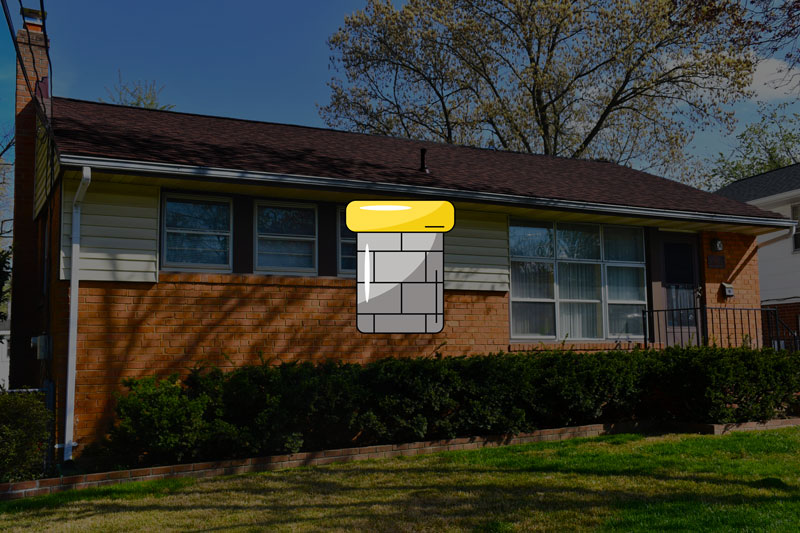
Factors Influencing Roof Color Choice: Informed Decision-Making
Multifaceted Considerations:
The process of choosing the right roof color involves a holistic evaluation of various factors that extend beyond mere aesthetics. When pondering roof color and heat absorption, homeowners and builders are wise to take into account an array of considerations that span climate, architectural style, personal inclinations, and energy conservation aspirations. This comprehensive approach ensures that the chosen roof color aligns harmoniously with both functional and stylistic needs.
Climate and Environment:
The climatic conditions of a region exert a profound influence on the efficacy of roof color in managing heat absorption. As we navigate the interplay between roof color and heat absorption, it’s essential to tailor the selection based on the predominant weather patterns. For instance, cooler regions may benefit from darker roofs that harness solar warmth, while sun-soaked locales might lean towards cool roofs to counteract intense heat. By aligning the roof color with the local climate, individuals maximize energy efficiency and indoor comfort.
Architectural Harmony:
Roof color also plays a pivotal role in preserving the architectural integrity of a structure. The chosen color should harmonize with the building’s style and contribute to its overall visual appeal. Whether the design is traditional, contemporary, or somewhere in between, the selection of roof color can enhance the aesthetics and boost curb appeal. This synergy between architecture and roof color showcases the balance between artistic expression and practical considerations.
Guidance from Roofing Contractors:
Professional roofing contractors serve as invaluable resources in the decision-making process surrounding roof color and heat absorption. Their expertise extends beyond technicalities to encompass a deep understanding of local climate nuances, energy-saving strategies, and design principles. By collaborating with roofing professionals, homeowners gain tailored insights that streamline the selection process. These experts offer a wealth of knowledge to ensure that roof color aligns with functional requirements and design visions.
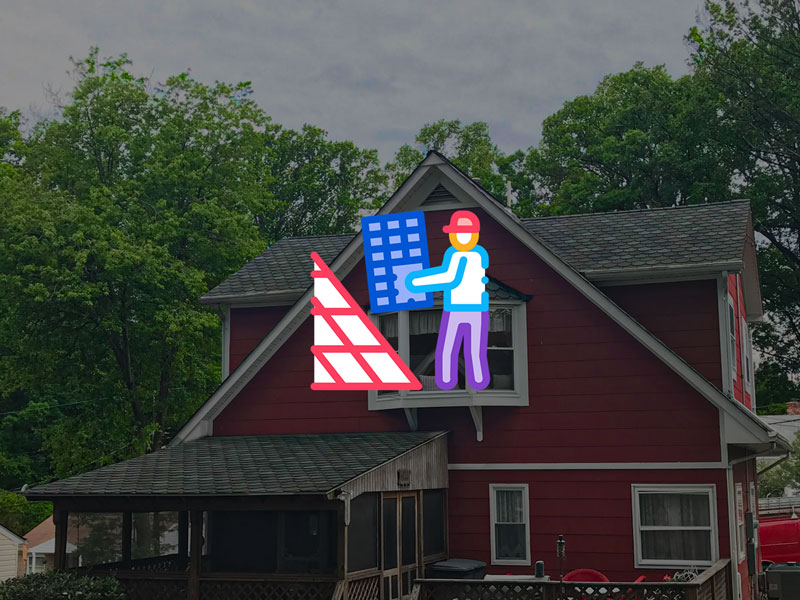
Practical Tips for Maximizing Energy Efficiency: Smart Choices for Sustainable Living
Insulation and Ventilation Synergy:
Elevating roof color and heat absorption efficiency begins with a holistic approach that encompasses proper insulation and ventilation strategies. Optimal insulation minimizes heat transfer, preventing unwanted heat gain during hot months and heat loss during colder periods. By complementing the benefits of chosen roof color, insulation ensures a more controlled indoor environment. Adequate ventilation, on the other hand, promotes air circulation and expels accumulated heat, reducing the strain on cooling systems and enhancing overall comfort.
Leveraging Reflective Coatings and Cool Roofing:
To unlock the full potential of roof color and heat absorption management, homeowners can explore the realm of reflective coatings and cool roofing materials. Reflective coatings, when applied to the roof’s surface, amplify solar reflectance, deflecting a significant portion of sunlight. Cool roofing materials, engineered with inherent light-reflective properties, synergize with the reflective coatings to create a formidable heat-repelling barrier. The dynamic duo of reflective coatings and cool materials collaboratively reduces indoor temperatures, fostering energy efficiency.
Innovative Approach: Green Roofs and Rooftop Gardens:
For those seeking innovative approaches to mitigating heat absorption, green roofs and rooftop gardens emerge as creative solutions. These living installations introduce natural vegetation to the roof, absorbing sunlight and reducing heat buildup through the process of transpiration. The greenery acts as an additional insulation layer, contributing to cooler indoor temperatures. By integrating green roofs or rooftop gardens into the architectural design, homeowners embrace a sustainable path towards energy efficiency.
Long-Term Gains of Energy-Efficient Roof Colors:
Emphasizing the holistic benefits of energy-efficient roof colors, it’s imperative to underscore the long-term advantages. Beyond immediate energy savings, these choices yield reduced utility bills, elevated property values, and enhanced living comfort. The enduring impact of wise roof color selection resonates throughout the years, cultivating a more environmentally conscious and economically viable living space.
View More Articles
Please Share!











